
strug•gle: 1. to make strenuous or violent efforts in the face of difficulties or opposition <struggling with the problem>; 2: to proceed with difficulty or with great effort <struggled through the high grass>.
strug•gling: 1. To be strenuously engaged with a problem, task, or undertaking <struggling to make a living>.
Which then got me to thinking about another concept, challenge/challenging:
chal•lenge: 1. a call or summons to engage in any contest, as of skill, strength; 2. something that by its nature or character serves as a call to battle, contest, special effort.
chal•leng•ing: 1. arousing competitive interest, thought, or action <a challenging course of study> 2: invitingly provocative; fascinating <a challenging personality>.
It’s interesting how powerful words can be, and the impact they have on how we approach, proceed or maneuver our way through our lives with our dogs.
So, are some of the behavior or training issues that you experience with your dog more in the struggle or challenge category? Again, one person’s struggle may be another person’s challenge and vice versa. The question is not judgmental; by clearly defining what each term means to you can affect how you approach finding the solutions to address your issues. Consider the following:
Whether a struggle or challenge, both provide the opportunity to learn and grow, and to grow and learn with your dog. By sorting through the varying degrees of a struggle or a challenge with your dog, you will then have a benchmark from where you can begin to consider your options for creating solutions, i.e. focus my dog on something else (redirect); make do with what I have in front of me, not allowing behaviors to be rehearsed or inadvertently rewarded (management); or take immediate actions to rectify the issue (resolve).
Depending on the context of any given situation, you may decide to apply one, two or all three options at once. If your dog is a barker for instance, you may focus your dog on something else - like a marrow bone - when the FedEx delivery person comes to the door (redirect); you may put your dog in a bedroom, bathroom or the back yard when the FedEx delivery person arrives so that the frenetic behaviors are not rehearsed over and over or inadvertently rewarded (management); or you may decide that it’s time to work on ways to teach your dog calm behaviors when the FedEx delivery person rings the doorbell (resolve/rectify through desensitization and counter conditioning exercises, for example). You may decide that you don’t mind that your dog alerts you when someone drives up to the house, so you may redirect and manage as necessary, and use your training time to resolve or rectify bigger behavior or training fish that you have to fry.
In her blog, trainer Susan Garrett asks pet guardians to think about the best approach to creating solutions to struggles or challenges. Can you avoid them? Perhaps by being prepared, you may be able to bypass some of the struggles that are looming over your training world. Do I have a training plan? What are my criteria? Are my training goals and criteria realistic? Do I need to use a head halter? Harness? Do I use treats and/or enticing tug toys that are considered high value by my dog? Do I train in a no or low distraction environment, slowly adding in higher levels of distractions as my dog succeeds? Do I think about ways that I can create more value for me over the distractions that my dog encounters? How do I create a history of reinforcement? Listen to your dog’s feedback – it’s one thing for your dog to occasionally be distracted by a leaf blowing in the wind, but it’s another for him/her to find more value in the leaf distraction rather than focusing on you… Do I mix things up occasionally to keep training/life/play/work interesting and fresh, or am I stuck in the same old routines? Your dog’s responses to you will tell you if the distractions are more captivating, persuasive and engaging than you are…Do I look for ways in which to reduce my dog’s stress, fear or anxiety or do I feel at a loss, making me more stressed, fearful or anxious? Is this issue something that I shouldn’t give a lot of energy to and know it will pass eventually or is it an issue that I am ignoring therefore, it’s becoming more and more difficult to deal with? Am I the “Director of Joy” in my dog’s life?
Pause to consider the following statement by Susan: “We all have struggles with our dogs; it is the decisions we make in the midst of these struggles which define the future for our dogs. Is your chosen solution to today’s challenges cultivating even more problems tomorrow, or creating easier solutions to future challenges? It isn’t the challenges we face in our training that make us different from one another; rather it is our response to those struggles.”
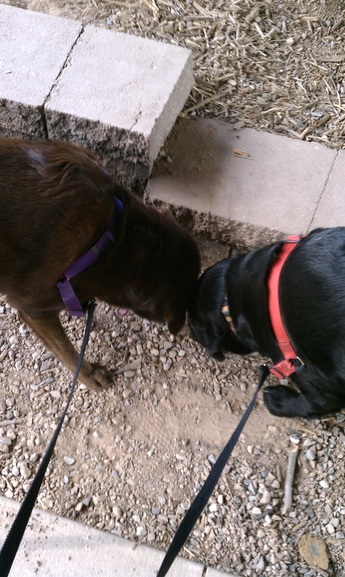


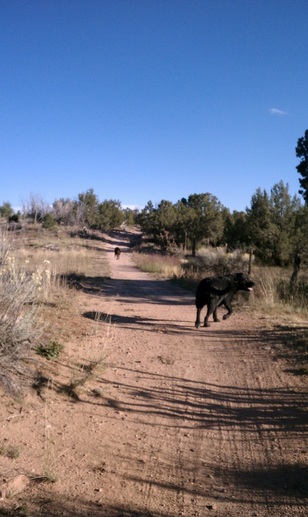



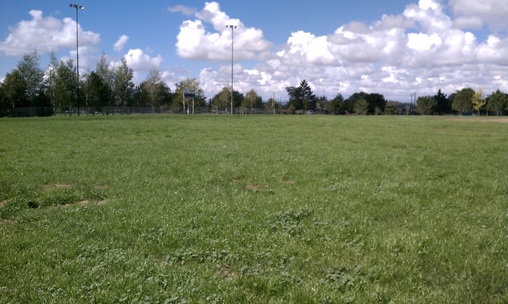


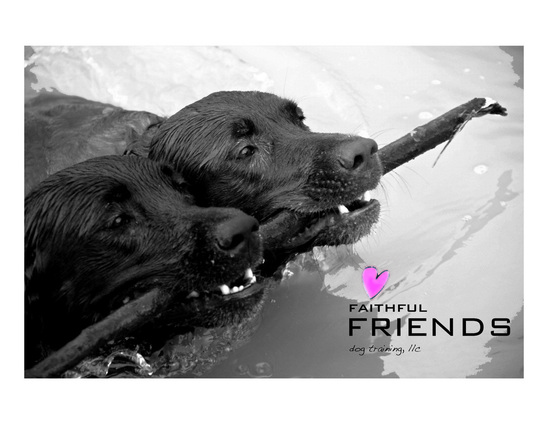
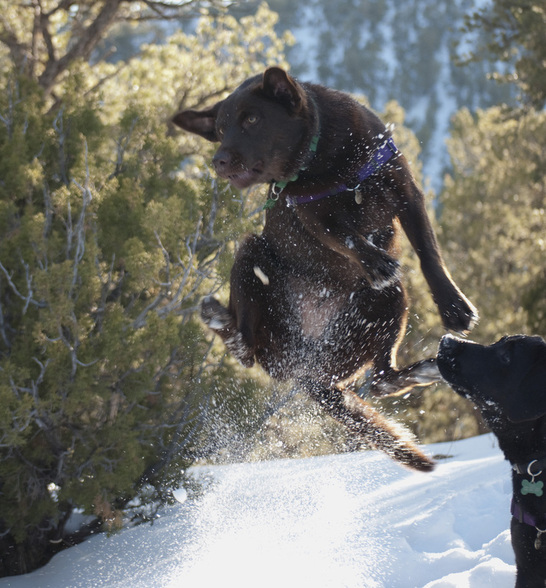


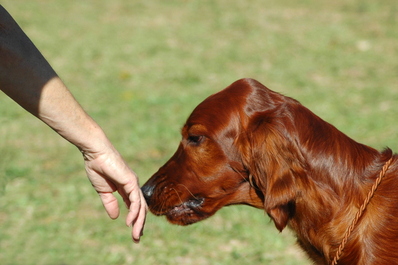
 RSS Feed
RSS Feed

